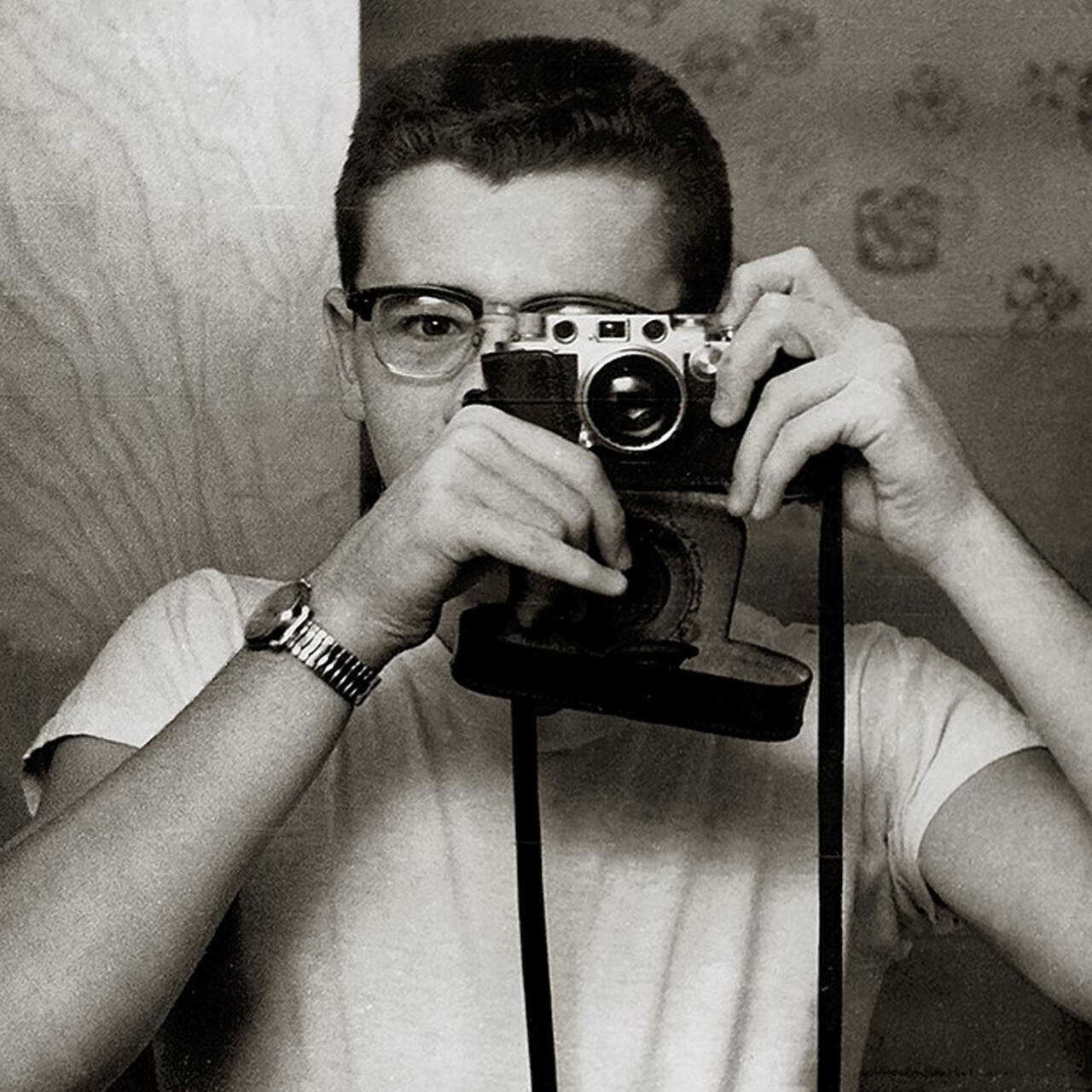These are the female pioneers, newcomers and superstars of the music scene: From rapper Haiyti to Fatima Al Qadiri to Madonna – our favorite hits to celebrate International Women’s Day!
Around 100 years after the early days of the Surrealist movement numerous female musicians have changed the face of the contemporary Pop scene, transcending traditional styles and genres and creating new, idiosyncratic ones – their number constantly growing. The best-of lists of the last year alone feature acts like Lizzo, Matana Roberts, Kelsey Lu, Caterina Barbieri, Hüma Utku, Jaimie Branch, Georgia Anne Muldrow, Jamila Woods, Weyes Blood or Angel Olsen and constitute an impressive portfolio of successful experimental, eccentric and influential female solo musicians.
Like the Surrealists before them they are decisively expanding their artistic formal language by making use of a range of strategies, making their male colleagues pale in comparison when it comes to radical individuality in the audio-visual game of identities, perspectives and emotions. Alongside 18-year-old Billie Eilish, who recently became the first female musician to win all four main prizes in the history of the Grammys, the 32-year-old Brit Tahliah Debrett Barnett is one of the most fascinating Pop stars of today: The musician and dancer presents herself in endless metamorphoses under the pseudonym FKA twigs.
Playing with identity is a common discipline in the post-modern culture industry
One of the central themes addressed by many female musicians is a frequently unsettling self-enactment that breaks with social norms and ideals of beauty. Examples of this approach include Canadian musician Grimes or Kuwaiti producer Fatima Al Qadiri, both of whom straddle the poles of electronic music and Pop. When it comes to reaching new target audiences, playing with transformations and different identities continues to be one of the most common disciplines in the post-modern culture industry.
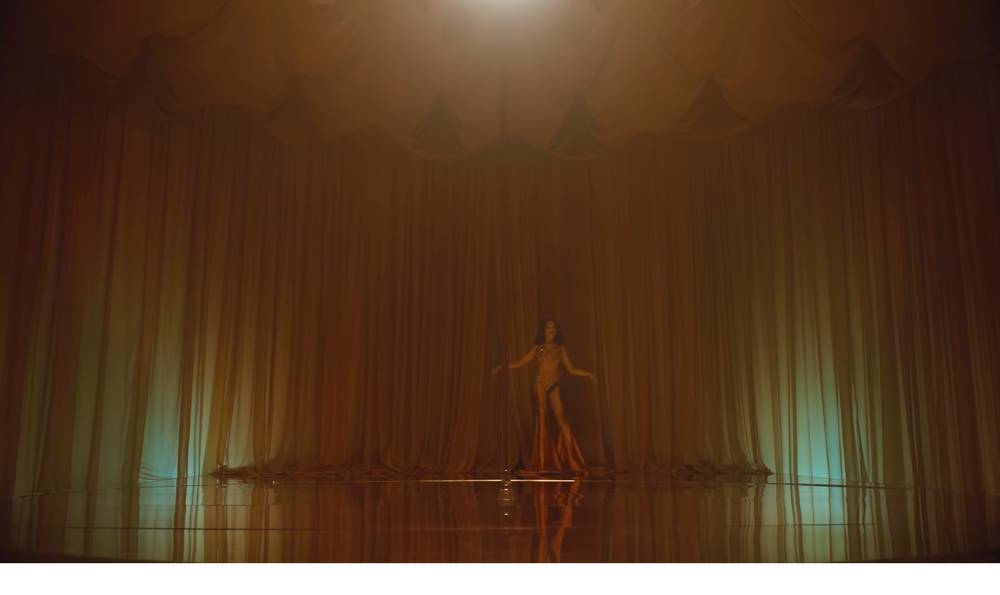

Fatima Al Qadiri with Khalid Al Gharaballi, Dala3 (in Vegas), 2011, Courtesy the artists, Image via fatimaalqadiri.com
Madonna has played through identities from A-Z most consistently over the last 40 years, inventing a new sound and image for each of her albums. Her current incarnation as the mysterious Madame X, who on her social media channels regularly honors Frida Kahlo as a role model, is once again causing a stir. Icelander Björk has been a household name for over 30 years and enacts her self-created artificial-biological, male-female hybrid creatures in virtual reality worlds in highly idiosyncratic and diverse ways. In 1994, the two artists collaborated on the song “Bedtime Story” for which Madonna mined the rich seam of Surrealist themes.
In the early 1990s, the feminist Riot Grrrl movement emerged from the Alternative and Punk scene in the US to take action against sexism, chauvinism and discrimination; it was to have a lasting impact on the global music scene, one which can still be felt today. Alongside activist Kathleen Hanna, who plays in bands such as Bikini Kill, Le Tigre and currently The Julie Ruin, Kim Gordon is widely regarded to be an emancipatory pioneer. The former bassist of the legendary New York Noise Rock band Sonic Youth brought out her first solo album entitled “No Home Record” in 2019, which is strongly influenced by Hip Hop artists such as Cardi B.
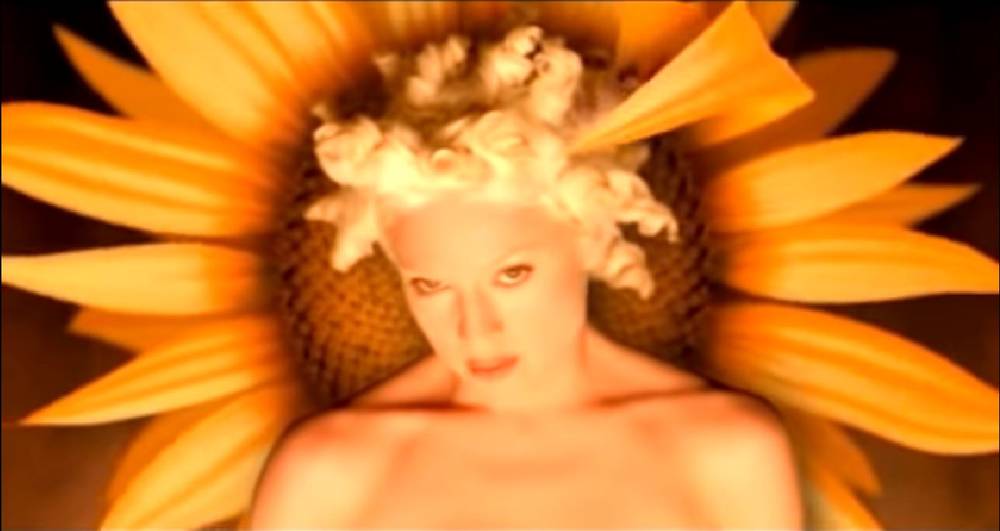

Bikini Kill, Image via faroutmagazine.co.uk
The mutual referencing and support across generations and genres is a unique characteristic of the broad network of female musicians. Without the groundwork laid by the Riot Grrrls, acts as self-confidently self-determined as, for example, Missy Elliott, Hamburg-based rapper Haiyti, not to mention M.I.A. or Peaches would be inconceivable.
Peaches’ stage name was inspired by Nina Simone
Canadian former youthcare worker Merrill Beth Nisker allowed herself to be inspired by Nina Simone’s anti-discrimination song “Four Women” when picking her stage name Peaches. Operating from Berlin, in the year 2000 she single-handedly started a revolution with the goal of breaking with traditional role models in music and society. British Jam (formerly Janine) Rostron and Swedish Karin Elisabeth Dreijer, who plays in The Knife as well as solo as Fever Ray, soon joined Peaches in her humorous fight against homophobia and transphobia. All three are united in their absurd and monstrous exaggeration of female and male stereotypes in an ironic game of excessive make-believe costuming that renders gender boundaries obsolete.


It has become very evident that the boundaries between music and the visual arts are fluid – and not just since the Museum of Modern Art featured Björk with a solo exhibition in 2015 or the solo show Peaches recently had at Hamburger Kunstverein. It is performance and concept artists in particular who like to work cross-genre: Yoko Ono – here represented in the form of the wonderful Peaches remix of “Kiss Kiss Kiss” – had already started to combine art and music in her early career in the New York avant-garde music scene of the early 1960s and continues to record groundbreaking albums to this day.
Anderson experimented with singing and electronic means of modification
Ten years later Laurie Anderson was among the protagonists of the New York performance art scene, where she experimented with singing, augmented instruments, and electronic means of modification before landing a surprise number 2 hit in England with “O Superman” in 1981. Music is also a central part of the performances of Frankfurt-based artist Anne Imhof. The soundtrack to her 2017 Venice Biennial performance “Faust”, which won the Golden Lion, recently came out on vinyl.
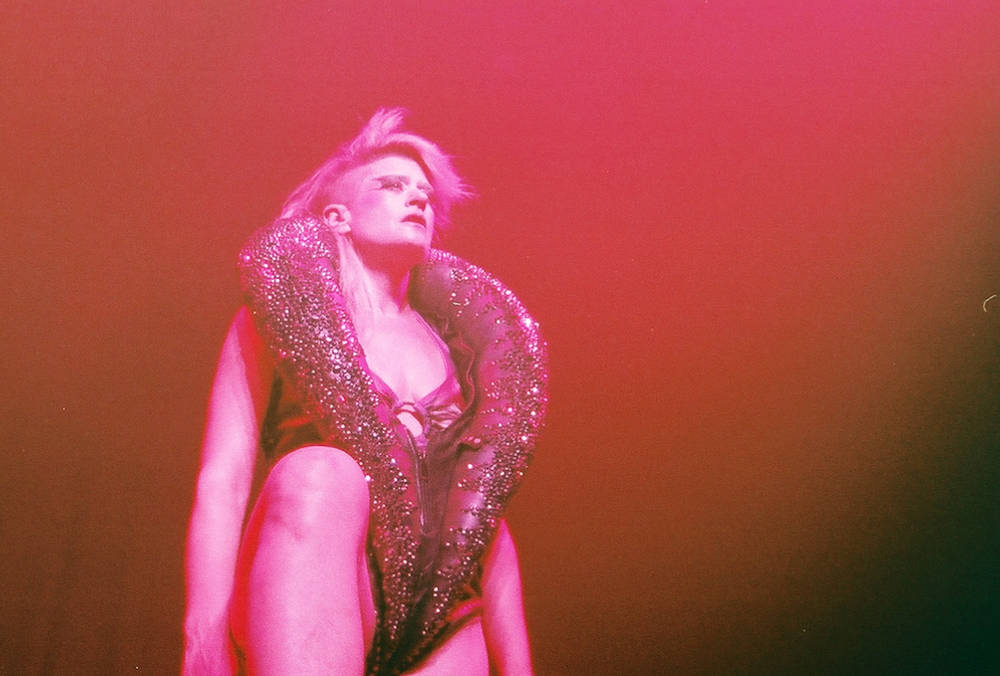
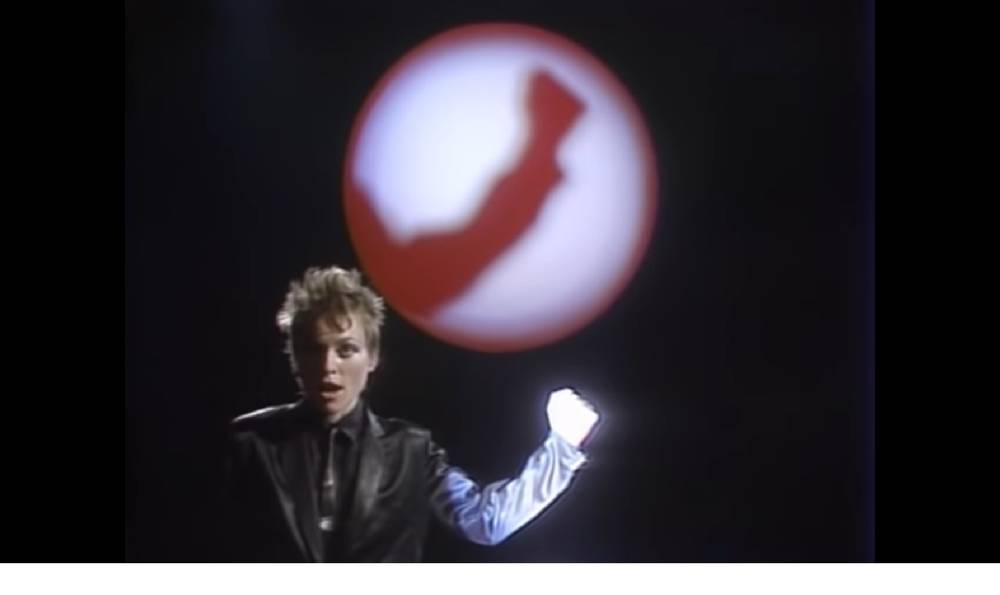
The freedom with which female musicians are able to work today was not always a given. Many pioneers were forced to carry out endless in part embittered battles in order to gain sway for their artistic vision in the ossified genre and gender structures of their day. German singer Hildegard Knef broke out of the prim-and-proper world of saccharine German Pop with two psychedelic albums featuring existential lyrics in the early 1970s.
US-American pianist and singer Nina Simone suffered racist discrimination throughout her life. She was active in the Civil Rights movement and fused numerous genres from Classical to Jazz, Blues, Folk, R&B, and even Gospel and Pop. Her interpretation of Leonard Cohen’s “Suzanne” is a classic of an empathetic interpretation of a song. Cologne-based Christa Päffgen, known as Nico, was forced to comply with role clichés working as a model in the years of the economic reconstruction in Germany’s Rhineland before being cast by Andy Warhol as a “superstar” in the band The Velvet Underground. From the 1970s until her untimely death in 1988 she reinvented herself as a harmonium-playing nightmare and emerged as the queen of the Gothic, Wave and Post-Punk scene.
I have a simple trick for staying fit: I run riot every single day.
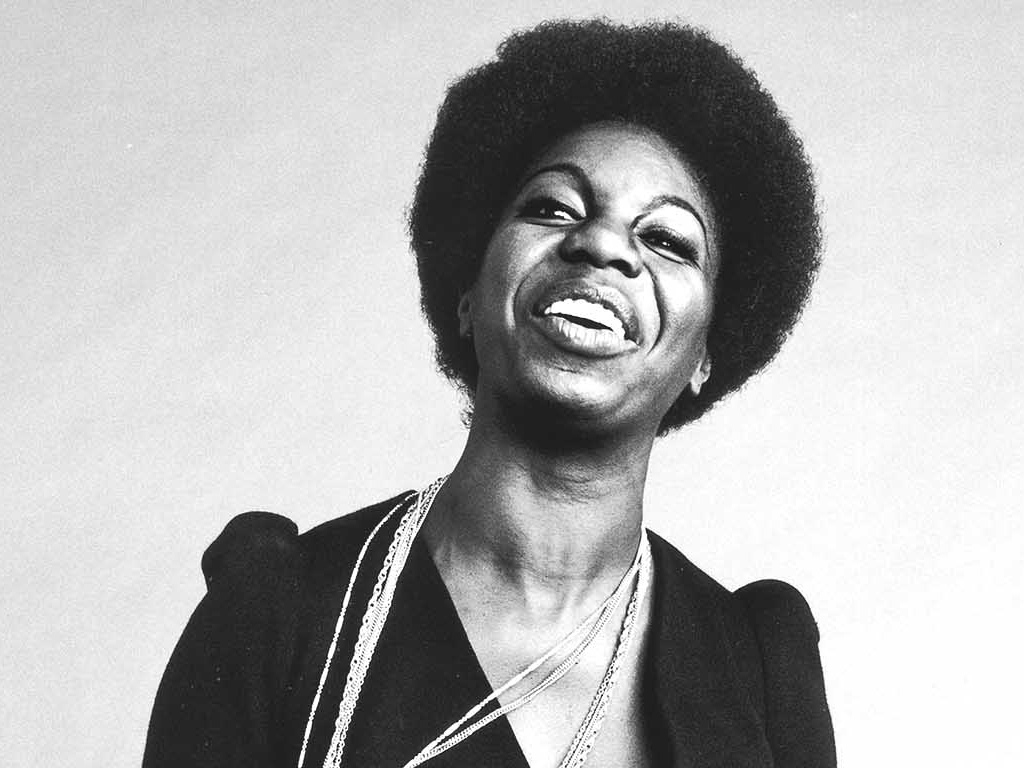
Nina Simone, Image via www.laut.de
Alongside the extroverted superstars and flamboyant personalities it is also first and foremost female singers and song writers who achieve the greatest possible effect with the simplest of means. Lana Del Rey manages to create a bewitching Pop Noir that through her intonation alone is simultaneously explicit and ambiguous, desirous and menacing – without making many efforts in terms of image.
Further female masters of this minimal-ambivalent style are Welsh singer Cate Le Bon with her reduced arrangements and heart-wrenching melodies, German-Polish singer Balbina with her rigorous sound design and her pronounced manner of singing, or Stefanie Schrank, bassist of Cologne band Locas in Love, who on her powerful 2019 solo debut “Unter der Haut eine überhitzte Fabrik” (“An overheated factory under the skin”) sings with a perfect lack of emotion over ice cool monotonous electro beats.








